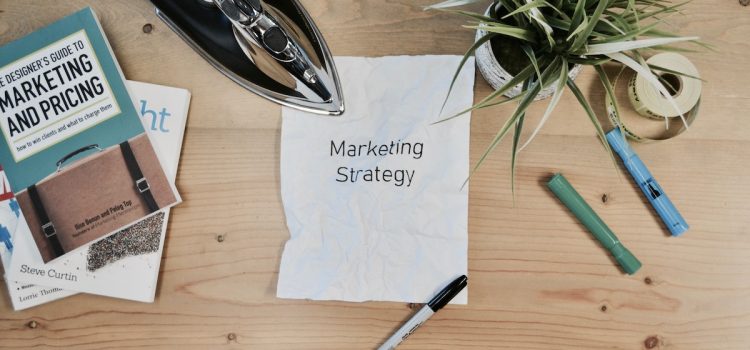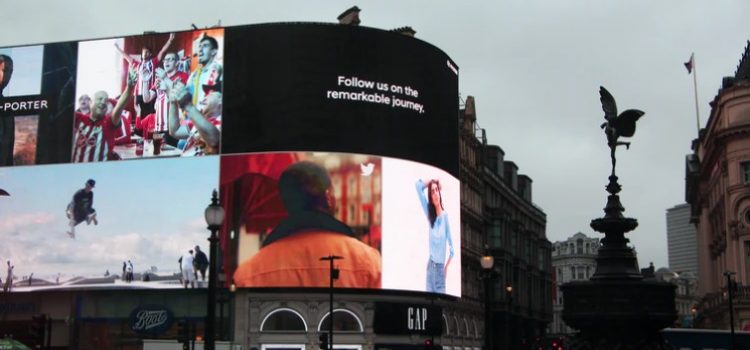What are the various kinds of markets in which you can sell your product? How do you determine which market is the right one for your product? Positioning means establishing the context for the use of your product, and selling your product in the right market helps provide that context. For instance, if you sell a new snack in the “chip” market, customers immediately know approximately what your product will look and taste like. Keep reading to learn how to target the right market and dominate it.
How to Target the Right Market—and Dominate It!










